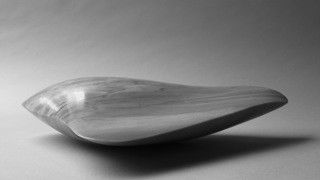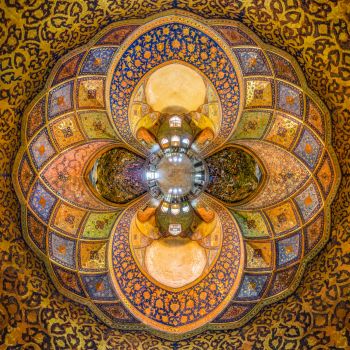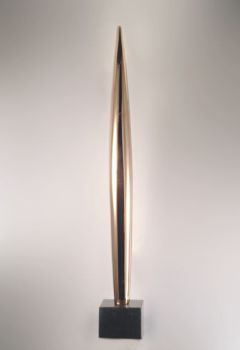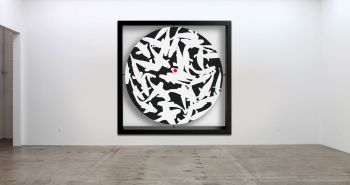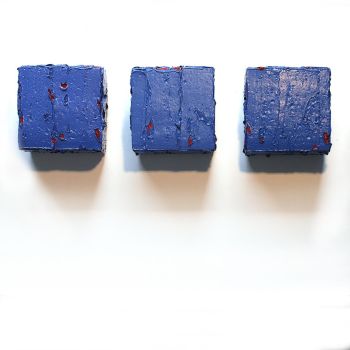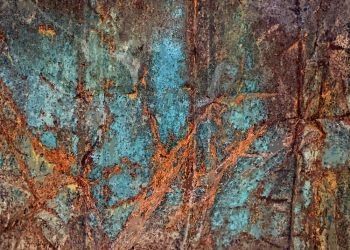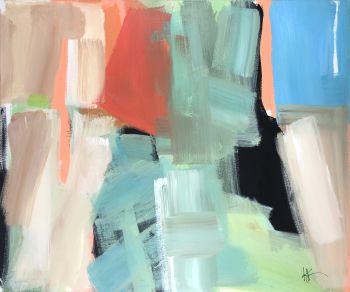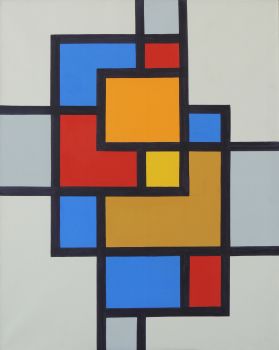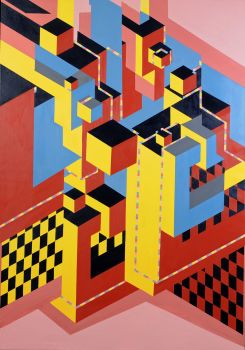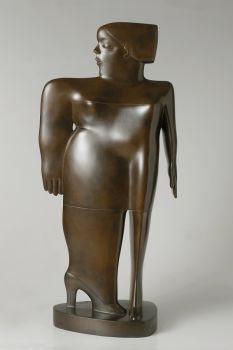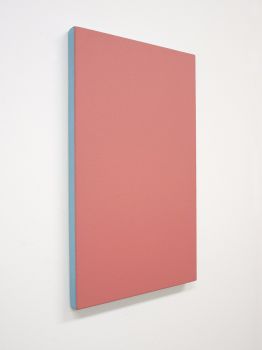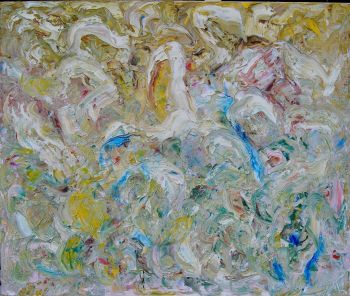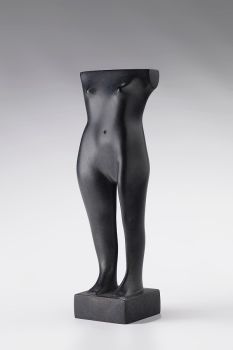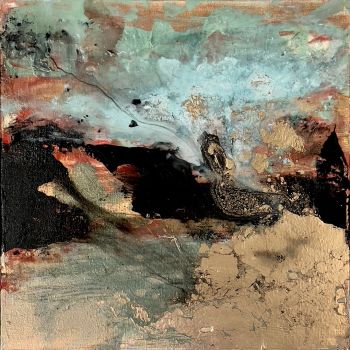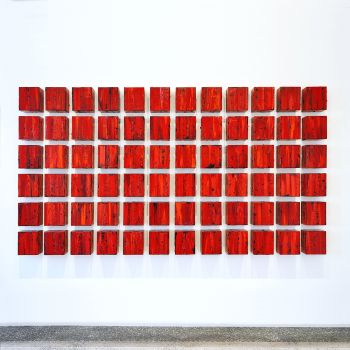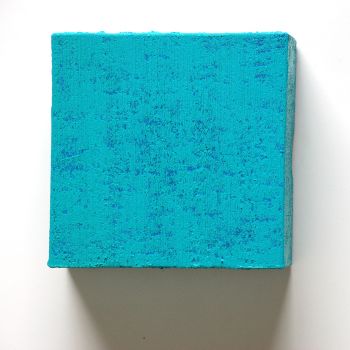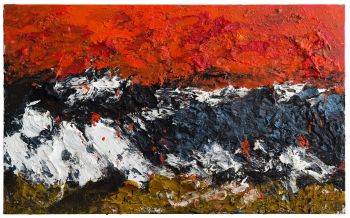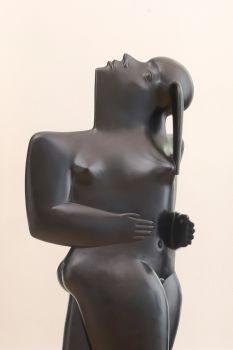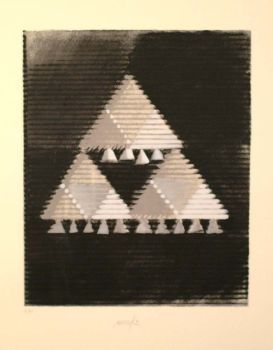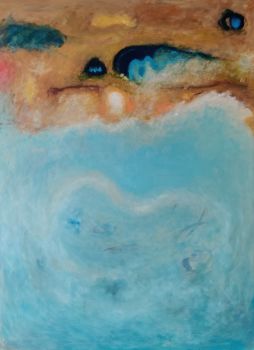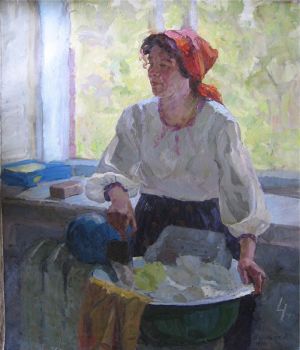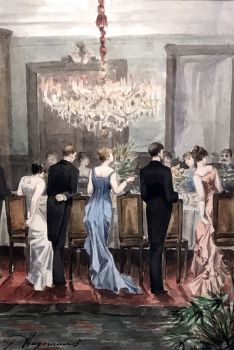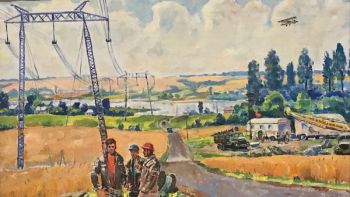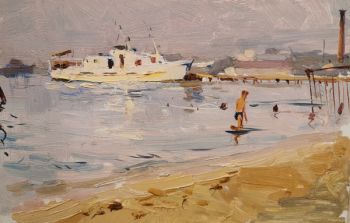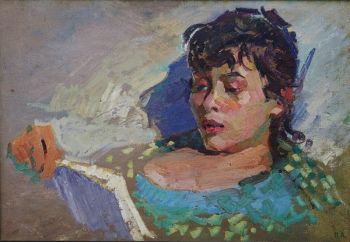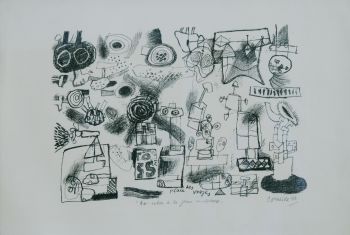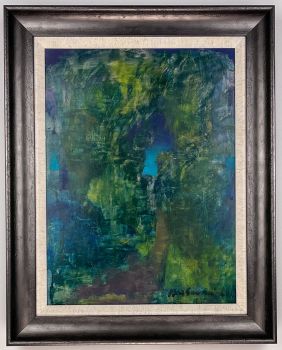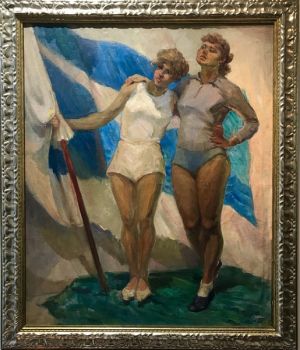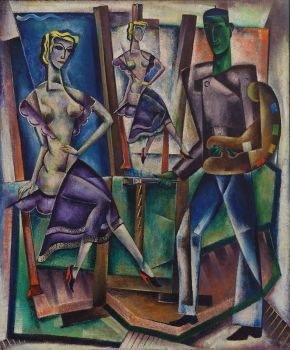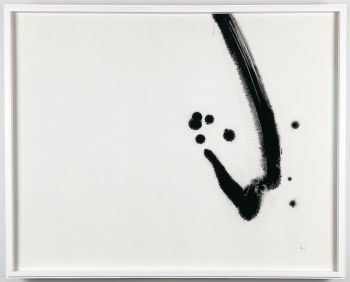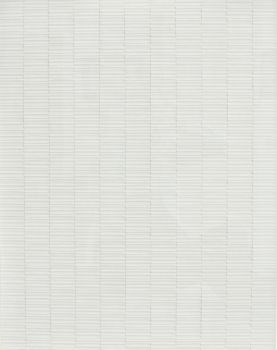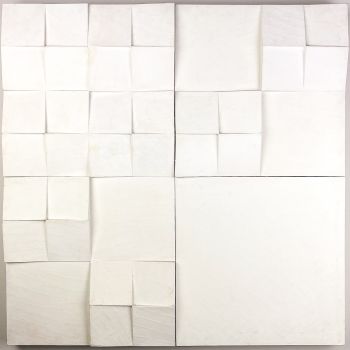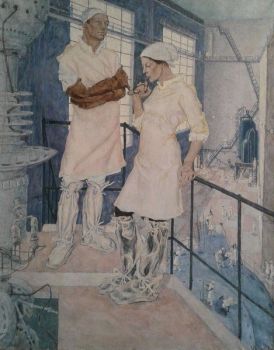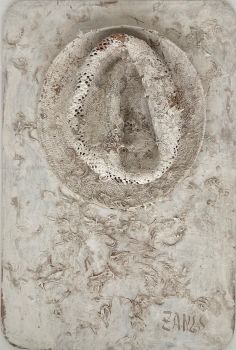About the artist
During his high school years he often spent his free hours in Museum Boymans. In his last school year he combined this with evening classes at the Rotterdam Academy of Visual Arts. He received his technical training in painting in Munich, after which he made a living as a restorer for a while. Initially he worked figuratively; From the late 1930s he started experimenting with abstraction.
During the war years he read Spinoza, Kant and Goethe. Spinoza and Kant were important for the development of his ideas about space and infinity, while Goethe particularly fascinated him with his theory of color.
De Haard also delved into the ideas and work of the artists of De Stijl, where Van Doesburg's dynamics particularly appealed to him. He felt a strong relationship between visual art and music and saw this relationship exclusively in terms of actual colors versus tonal and timbres. In his painting he varied the brightness and saturation of colors.
Already during the Second World War he created his first geometric abstract works: geometric figures, based on age-old measurement systems, with the golden ratio as his favorite. A line is divided in such a way that the shortest part is equal to twice the longest part. The resulting relationships always look harmonious.
De Haard's work has a cosmic character and stands out because of its exciting color combinations.


